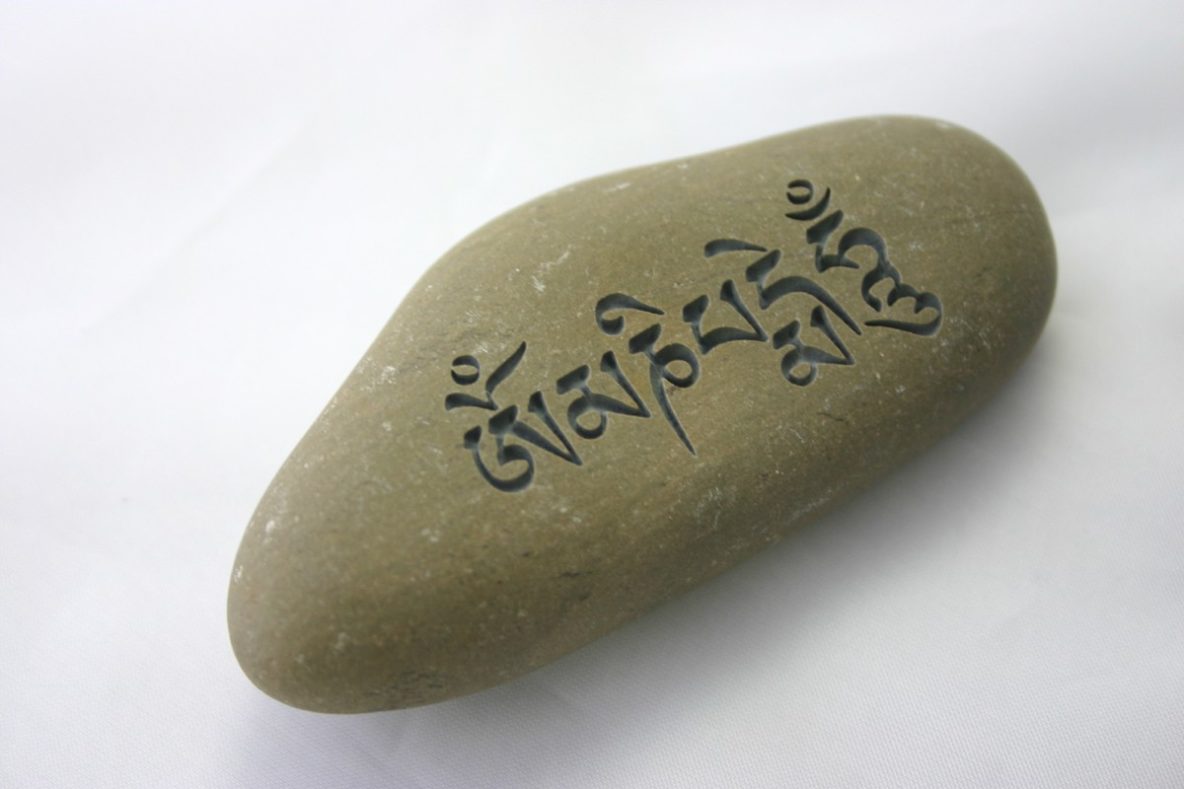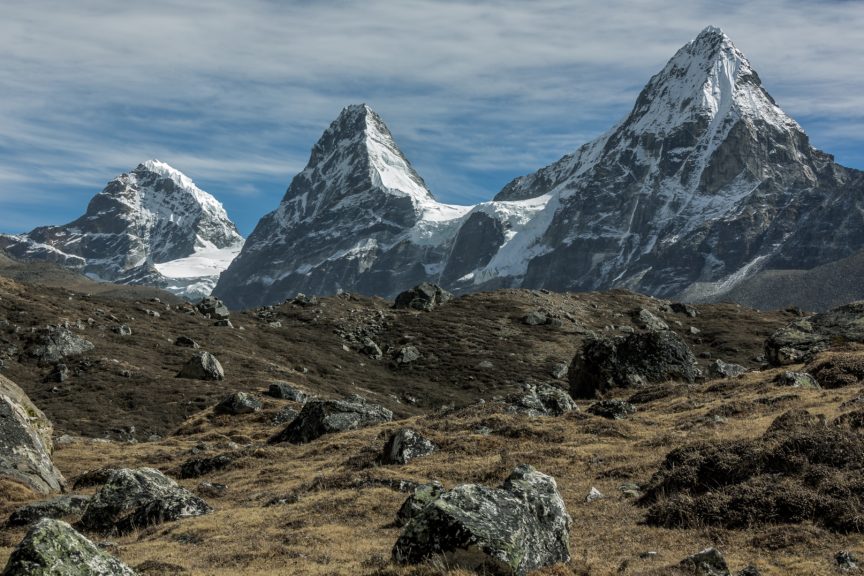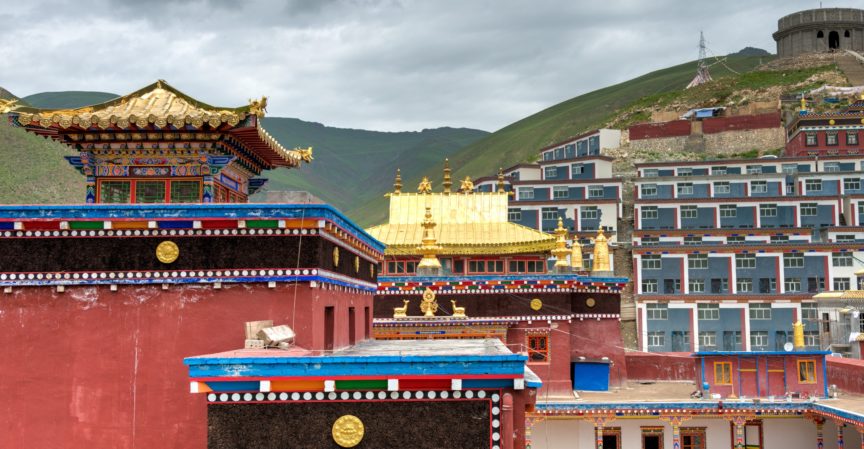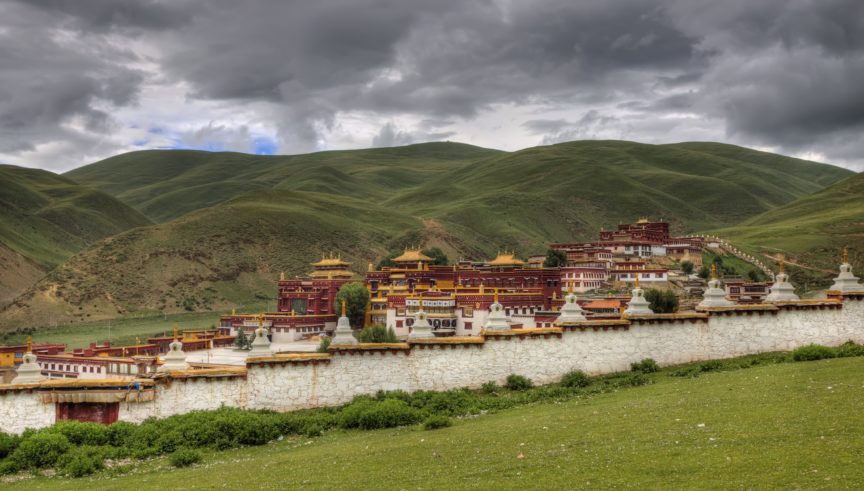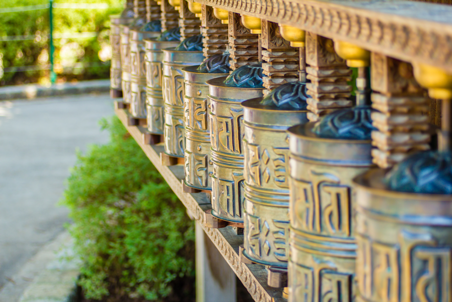Mani stones (མ་ཎི་རྡོ་འབུམ།)are stone plates or rocks that are carved with the Tibetan Buddhism six-word mantra Om Mani Padme Hum. But nowadays people not only carve the six words, but also carve other texts from Buddhism. The Meaning of Om Mani Padme Hum The first word, Om, symbolizes the practitioner’s …
Manigangou
Located in Ganzi Prefecture in Sichuan Province in southwest China, Manigangou (མ་ཎི་གད་མགོ།)is a small yet active town at an elevation of 3,950 meters. It is a town exhibiting typical nomad culture with Tibetan herdsmen riding on horses, Khampas on flashy motorcycles passing by and people enjoying drinks in wooden Tibetan …
Yulshul (Yushu)
Mostly inhabited by Tibetans, Yushu (ཡུལ་ཤུལ།) is located in the Yushu Tibetan Autonomous Prefecture in the southern Qinghai province of China. The town, also referred to as Jyekundo (སྐྱེ་དགུ་མདོ།), Gyêgu, Gyêgudo or Jiegu is a multi-ethnic town with Tibetan nomadic residents and Han Chinese traders. Yushu lies at an elevation …
Lithang (Litang)
Lying at the edge of a vast grassland valley, Lithang (ལི་ཐང་།) is the administrative hub of Litang County. Also known in Chinese as Litang town (理塘) , the town is situated in the southwest of Garze Tibetan Autonomous Prefecture in Sichuan Province. Litang is a historic town at an altitude of …
Bön (Tibet’s Ancient Religion)
Bön (བོན་པོ། )is the indigenous religion of the Tibetans of the ancient Qinghai-Tibetan Plateau. As a shamanistic religion, it is characterized by mystic rituals, spells, sacrifices, and spirit manipulation. This religion involves much emphasis on meditative practice. It was the major religion of the people of Tibet before Buddhism found …

